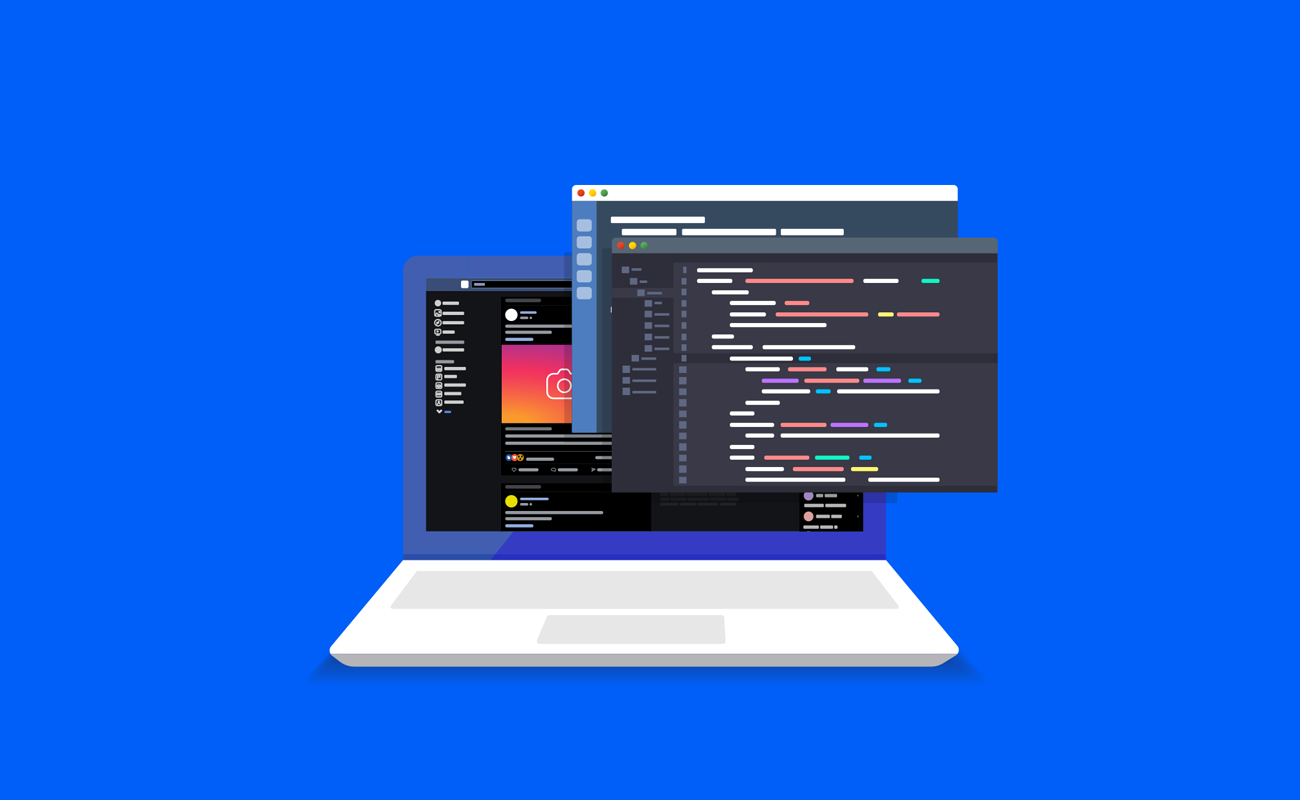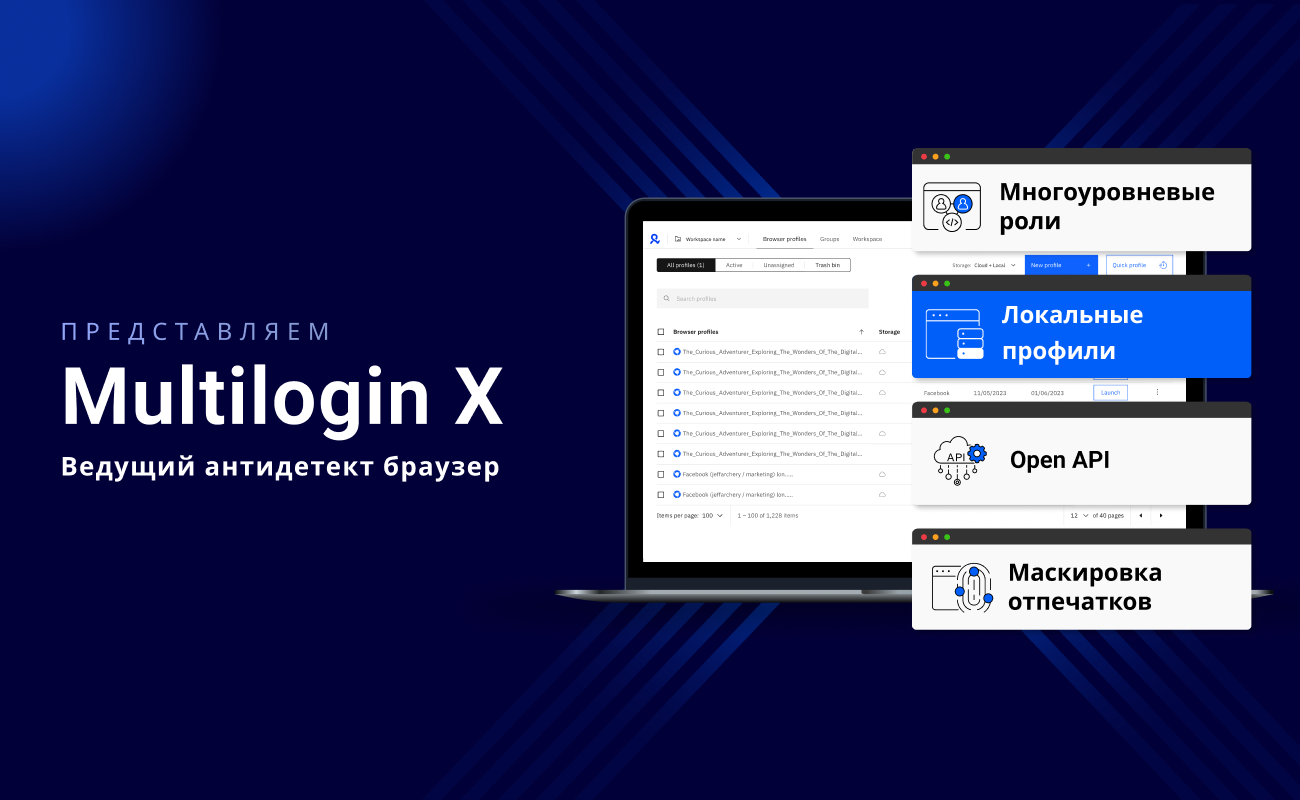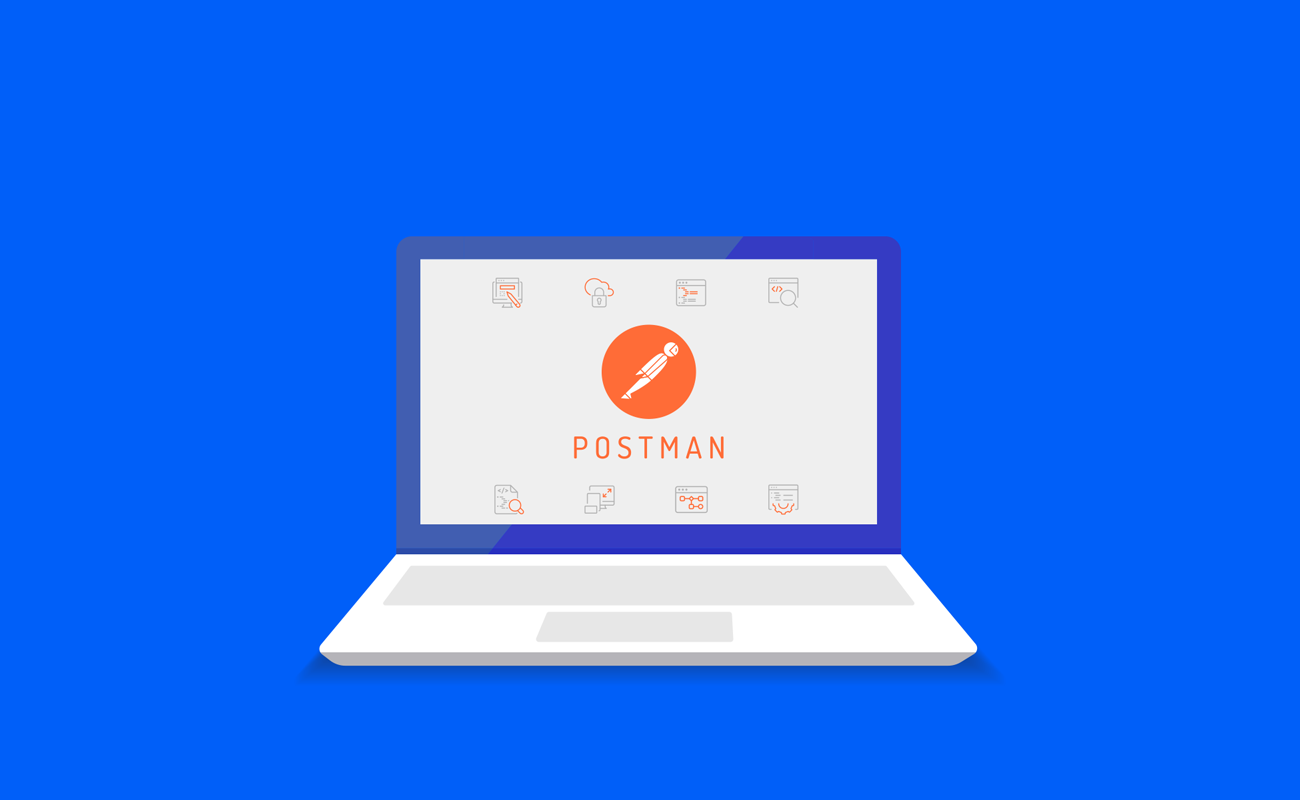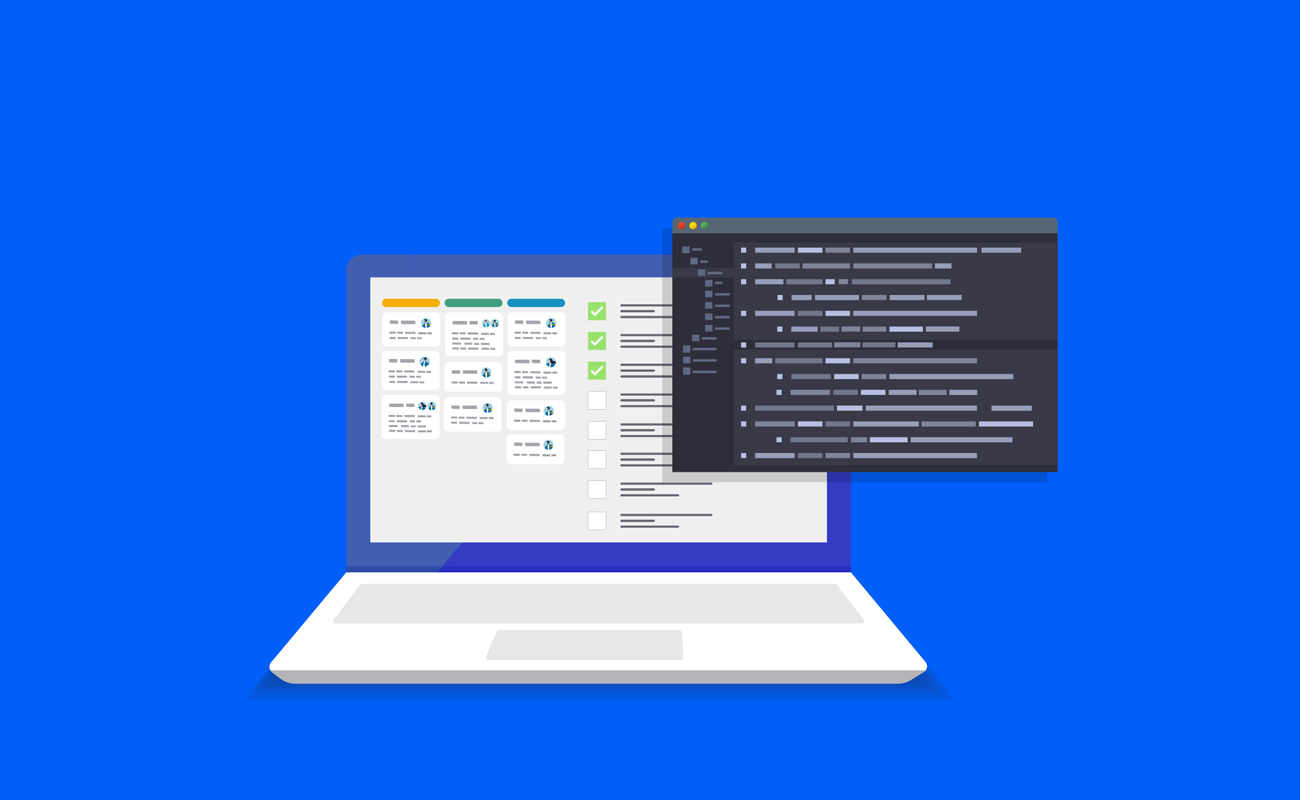
Unlocking Instagram scraping: How to do it?
AUGUST 25, 2023
In the world of data collection and analysis, web scraping and social media scraping have quietly caused a bit of a stir, reshaping how businesses get things done in the digital realm.
Now, enter Instagram: the bustling hub of diverse content and countless users. It's where developers with a knack for Instagram scraping might stumble upon some exciting solutions and maybe even a few golden business opportunities.
Ready to dive into these waters and see what ripples we can make together?
Is Instagram Scraping Legal?
The legality of Instagram scraping is a multifaceted issue influenced by various factors. Instagram's Terms of Service explicitly prohibit unauthorized scraping, placing developers in a dilemma of adhering to these terms or facing the consequences.
Complicating matters further are global legal jurisdictions, where the permissibility of scraping varies widely. Some regions allow scraping Instagram data, while others impose strict regulations.
To navigate this complexity, developers must prioritize understanding their local laws to avoid potential legal complications, recognizing the intricate interplay between technological pursuits and legal boundaries.
How Instagram Scraping Works
Web scraping glides along by sending fancy HTTP requests to a website and then elegantly parsing through the HTML that comes back. Regarding Instagram, this translates to diving into particular endpoints and gracefully plucking out the correct data.
Instagram's data setup is a bit intricate. Developers must smoothly navigate the API endpoints, cozy up to those JSON responses, and glide through the pagination moves to fetch that data with finesse.
Does Instagram Allow Scraping?
From a developer's perspective, Instagram scraping is a delicate dance between ambition and adherence. Instagram unequivocally opposes unauthorized scraping, and as pros in the field, we must respect these boundaries.
The platform employs an arsenal of safeguards, including the notorious CAPTCHAs and rate limits, designed to fend off automated scraping attempts and ensure data remains secure.
When exploring data extraction, it is essential to remember that Instagram's data may be tempting. However, as developers, our responsibility is to follow ethical practices and adhere to the platform's terms. By leveraging our skills within the permissible boundaries, we can extract valuable insights while maintaining a professional and respectful approach to scraping.
This symbiotic relationship between developers and Instagram is a testament to the ever-evolving dynamics of technology and its intersection with ethical considerations.
Scraping Using Instagram API: What Is Possible?
Imagine Instagram API scraping as a treasure hunt for data. It's like having a menu of choices for developers based on what they want to achieve, how they work, and how skilled they are with tech stuff. Whether you want to know about posts, followers, images, or account details, there are many ways to do it. So, let's get our digital explorer gear on and start checking out these different paths.
Scraping Instagram Posts and Instagram Post Data
Pros: Direct access to data, reliable, and adheres to Instagram's terms.
Cons: Rate limits, requires an access token, and might not provide all post details.
How-to: Register for an Instagram Developer account, obtain an access token, and use specific endpoints to fetch post details.
Tools & Libraries: Instagram Graph API.
Scraping Instagram Follower Data
Pros: Official method, relatively safe.
Cons: Limited data due to privacy concerns.
How-to: Use the API's endpoints dedicated to follower data. Remember, you might only get follower counts and not detailed profiles.
Tools & Libraries: Instagram Graph API.
Scraping Instagram Images
Pros: Direct URLs to images, official method.
Cons: Might not access all images, especially from private accounts.
How-to: Use the API's media endpoints to obtain image URLs and download them.
Tools & Libraries: Instagram Graph API, Python's requests library for downloading.
Scraping Instagram Accounts
Pros: Safe, official method, structured data.
Cons: Might not provide all account details.
How-to: Use the API's user endpoints to fetch account details.
Tools & Libraries: Instagram Graph API.
Web Scraping Approach
Pros: Potential access to more detailed data.
Cons: Risk of IP ban, might violate terms.
How-to: Parse account pages directly for data. Ensure you respect robots.txt and implement rate limiting.
Tools & Libraries: Scrapy, BeautifulSoup.
Browser Automation
Pros: Can access images as a user would, potentially bypassing some restrictions.
Cons: Slower, might be detected as a bot.
How-to: Automate browser actions to navigate to posts and download images.
Tools & Libraries: Selenium, Puppeteer.
Popular Instagram Scraping Tools
Scrapy
Scrapy is an open-source web-crawling framework for Python. It allows developers to write spiders that navigate websites and extract structured data.
Why Use Scrapy?
Robustness: Explicitly built for web scraping, it can handle many tasks, from simple to large-scale scraping.
Speed: Scrapy is asynchronous, meaning it can handle multiple requests simultaneously, making it faster.
Extensibility: It's highly customizable and can be extended with middleware and pipelines.
Best For: Large-scale scraping projects where speed, customization, and data processing are crucial.
Beautiful Soup
Beautiful Soup is a Python library designed to pull data from HTML and XML files for web scraping. It creates parse trees from the content of the web pages that can be used to extract data easily.
Why Use Beautiful Soup?
Simplicity: It's beginner-friendly and allows quick and easy data extraction with just a few lines of code.
Flexibility: Works well with various parsers like lxml and html5lib.
Integration: Often used with requests for fetching data and then parsing it.
Best For: Smaller projects or just getting started with web scraping. It's also great for quick data extraction tasks from web pages with more superficial structures.
Differences Between Scrapy and Beautiful Soup
Purpose: While both are used for web scraping, Scrapy is a full-fledged framework for crawling websites and extracting structured data. In contrast, Beautiful Soup is a library that parses HTML and XML documents.
Complexity: Scrapy has a steeper learning curve due to its extensive features, while Beautiful Soup is more straightforward and beginner-friendly.
Scale: Scrapy is better suited for large-scale projects and can handle multiple requests simultaneously. Beautiful Soup, on the other hand, is ideal for simpler, smaller-scale tasks.
Integration: Beautiful Soup is often used alongside other libraries like requests, while Scrapy is more standalone, providing built-in data extraction and storage methods.
Instagram Scraping Tutorial
A standard scraping procedure involves tool selection, environment setup, script creation, and execution. It's essential to ensure your actions mimic human behavior to evade detection. Let's dive into the tutorial to see how it's done.
Setting Up Your Environment
Before diving into the scraping process, ensure you have the right environment:
1.Python Installation: Ensure you have Python 3.x installed. If not, download it from the official Python website.
2.Virtual Environment: It's a good practice to create a virtual environment for your scraping project to avoid dependency conflicts. Use the following commands:
1Bash python3 -m venv insta_scrape_env source insta_scrape_env/bin/activate # On Windows, use insta_scrape_env\Scripts\activate
3.Required Libraries: Install the necessary Python libraries:
pip install requests BeautifulSoup4
Building a Basic Instagram Scraper
For this tutorial, we'll scrape public posts from a given Instagram profile:
1.Import Necessary Libraries:
1Pythonimport requests2from bs4 import BeautifulSoup
2.Define the URL and Send a Request:
1Pythonprofile = 'instagram_username' # Replace with the desired Instagram username url = f'https://www.instagram.com/{profile}/' response = requests.get(url)
3.Parse the Response:
1Pythonsoup = BeautifulSoup(response.text, 'html.parser')
4.Extract Data:
1Python# Extracting the profile's bio2bio = soup.find('div', class_='-vDIg').span.text34# Extracting recent post captions5scripts = soup.find_all('script', type='text/javascript')6shared_data_script = [script for script in scripts if 'window._sharedData' in script.text][0]7shared_data = json.loads(shared_data_script.text.split('window._sharedData = ')[1].rstrip(';'))8posts = shared_data['entry_data']['ProfilePage'][0]['graphql']['user']['edge_owner_to_timeline_media']['edges']910captions = [post['node']['edge_media_to_caption']['edges'][0]['node']['text'] for post in posts]
5.Display Extracted Data:
1Pythonprint(f"Bio of {profile}: {bio}") print("\nRecent Post Captions:") for caption in captions: print(caption)
Important Considerations
Rate Limits: Instagram has rate limits. If you send too many requests quickly, your IP might get temporarily banned. Implement delays using time.sleep() to avoid hitting these limits.
Ethics and Legality: Always respect robots.txt and terms of service. Avoid scraping private profiles or content.
Dynamic Content: Instagram heavily relies on JavaScript for rendering content. Consider using tools like Selenium to interact with dynamic content for more complex scraping tasks.
Building or Buying an Instagram Data Scraper?
Pros and Cons of Building: Building a scraper offers customization, allowing developers to tailor the tool to specific needs. However, it requires continuous maintenance, especially with platforms like Instagram that frequently update their structure.
Buying Data: Some platforms offer Instagram data for purchase. While this can save time, developers must ensure that data acquisition is ethical and legal.
Anticipated Challenges in Instagram Scraping
Scraping data from platforms like Instagram is not a straightforward task. As one of the world's leading social media platforms, Instagram has fortified its defenses against unauthorized data extraction. Here are some anticipated challenges developers might face:
Strict Terms of Service: Instagram's terms explicitly prohibit unauthorized data scraping. Violating these terms can lead to legal consequences and account bans.
Rate Limiting: Instagram limits the number of requests an IP or account can make in a specific timeframe. Exceeding these limits can result in temporary or permanent bans.
Dynamic Content Loading: Instagram uses AJAX for content loading, meaning that not all content is immediately available when a page loads. This can pose challenges for traditional scraping methods.
Anti-Bot Measures: Instagram employs various anti-bot measures, such as CAPTCHAs and behavioral analysis, to detect and block automated scraping activities.
Data Access Restrictions: Private profiles, limited post visibility, and other privacy settings can restrict the amount of accessible data.
Frequent Site Updates: Instagram regularly updates its website structure and underlying code. This can break existing scraping scripts, requiring constant maintenance and updates.
Ethical Considerations: Beyond technical challenges, scraping personal data raises ethical concerns. It's crucial to ensure that data extraction respects user privacy and is used responsibly.
Conclusion
Instagram scraping offers possibilities for developers, from market research to competitive analysis. However, the journey is fraught with technical, ethical, and legal challenges. By staying informed and prioritizing ethical considerations, developers can harness the power of Instagram data while navigating potential pitfalls. It's also crucial to remember that things can change in technology and rules. What's okay now might not be later. So, keeping up with the latest rules, terms, and ethical guidelines is vital.




